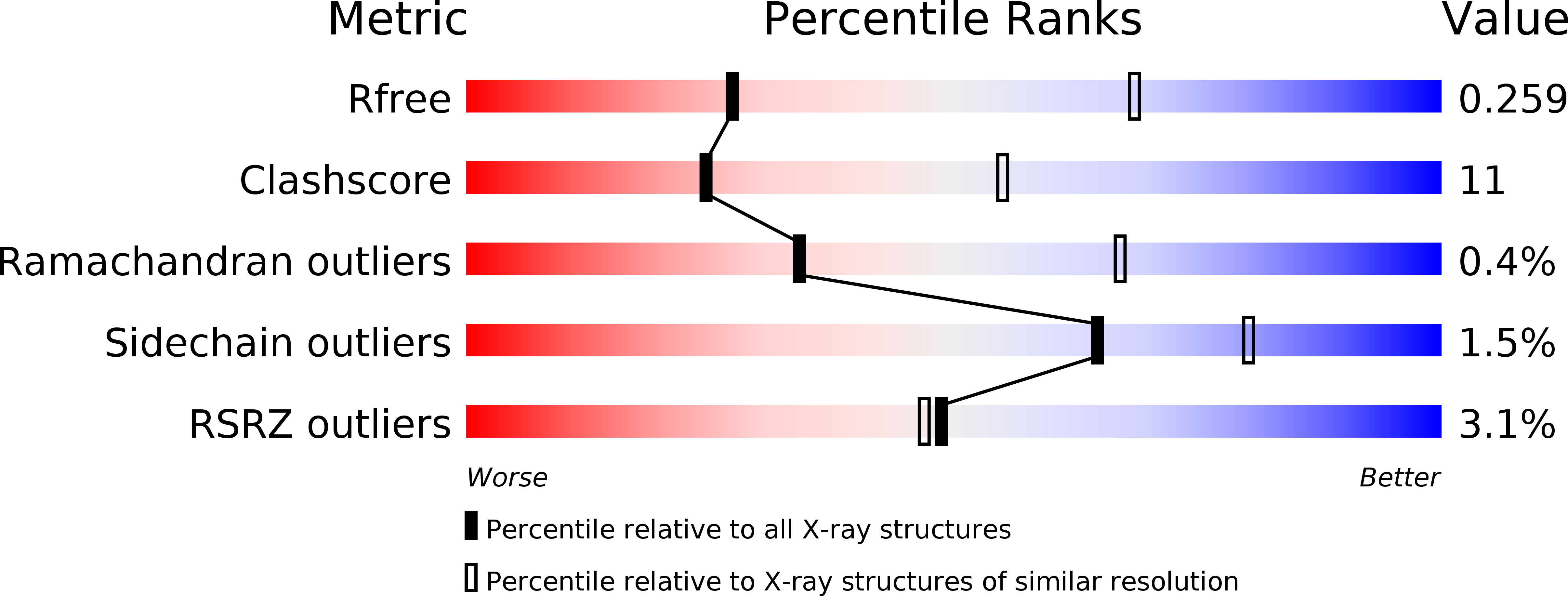
Deposition Date
2018-08-27
Release Date
2019-03-20
Last Version Date
2023-11-22
Entry Detail
PDB ID:
6AJ4
Keywords:
Title:
Crystal structure of the DHR-2 domain of DOCK7 in complex with Cdc42
Biological Source:
Source Organism:
Homo sapiens (Taxon ID: 9606)
Host Organism:
Method Details:
Experimental Method:
Resolution:
3.26 Å
R-Value Free:
0.25
R-Value Work:
0.18
R-Value Observed:
0.18
Space Group:
P 21 21 2


